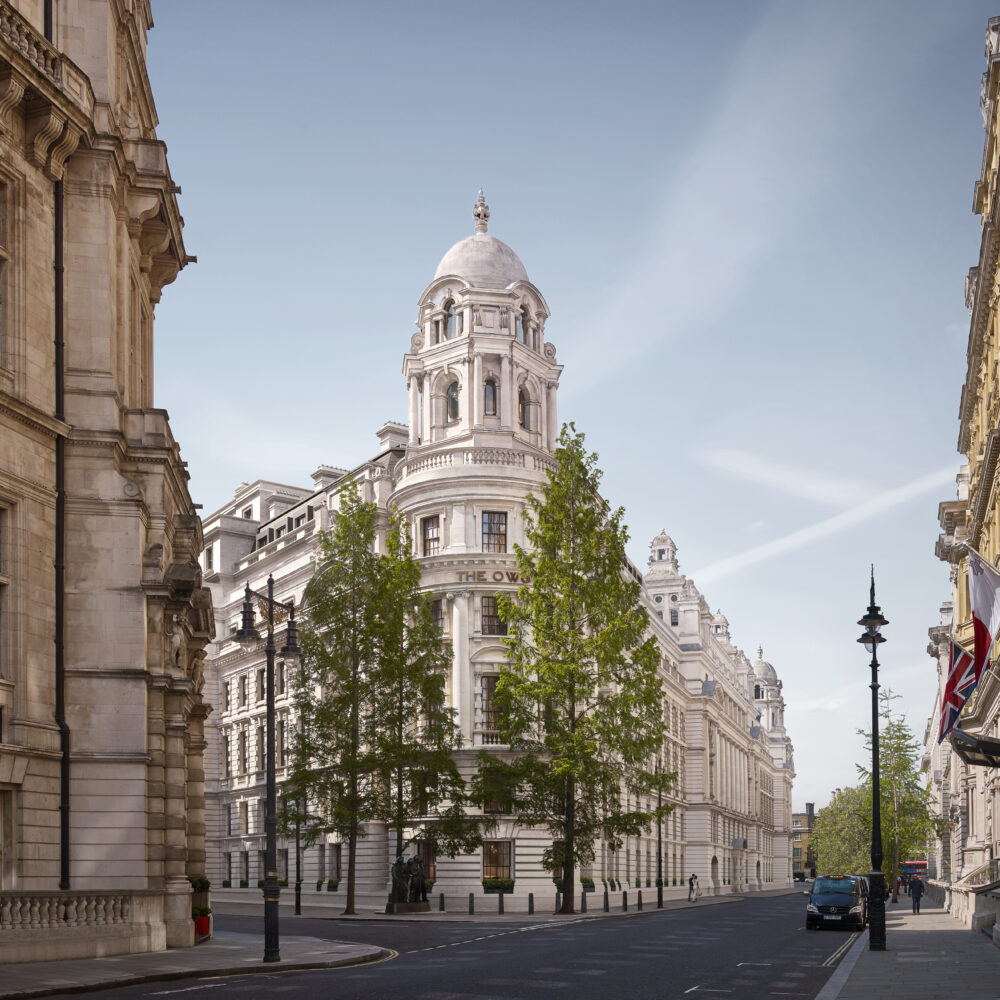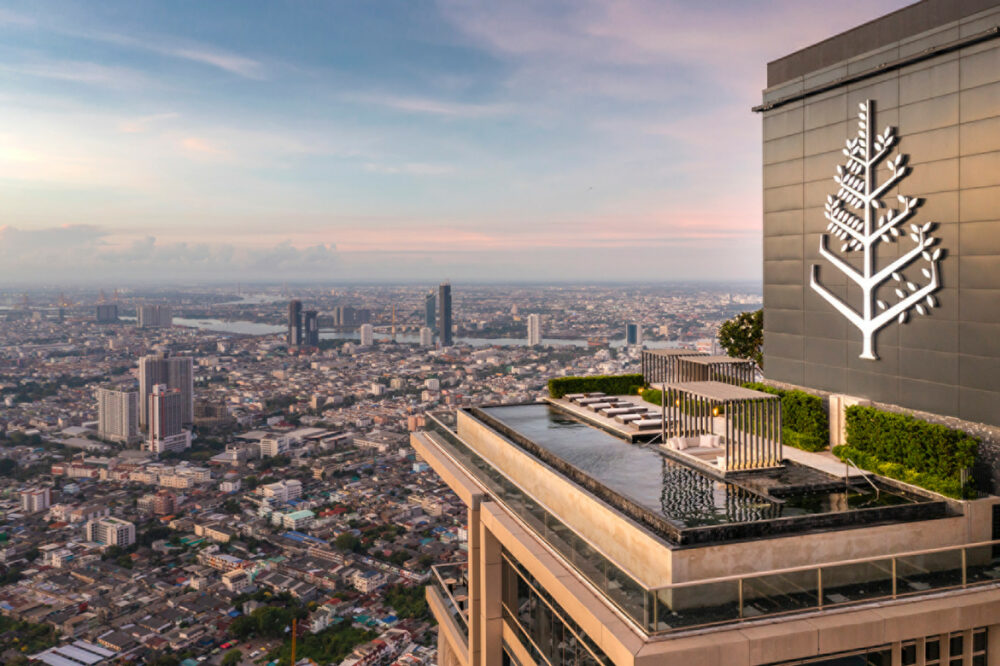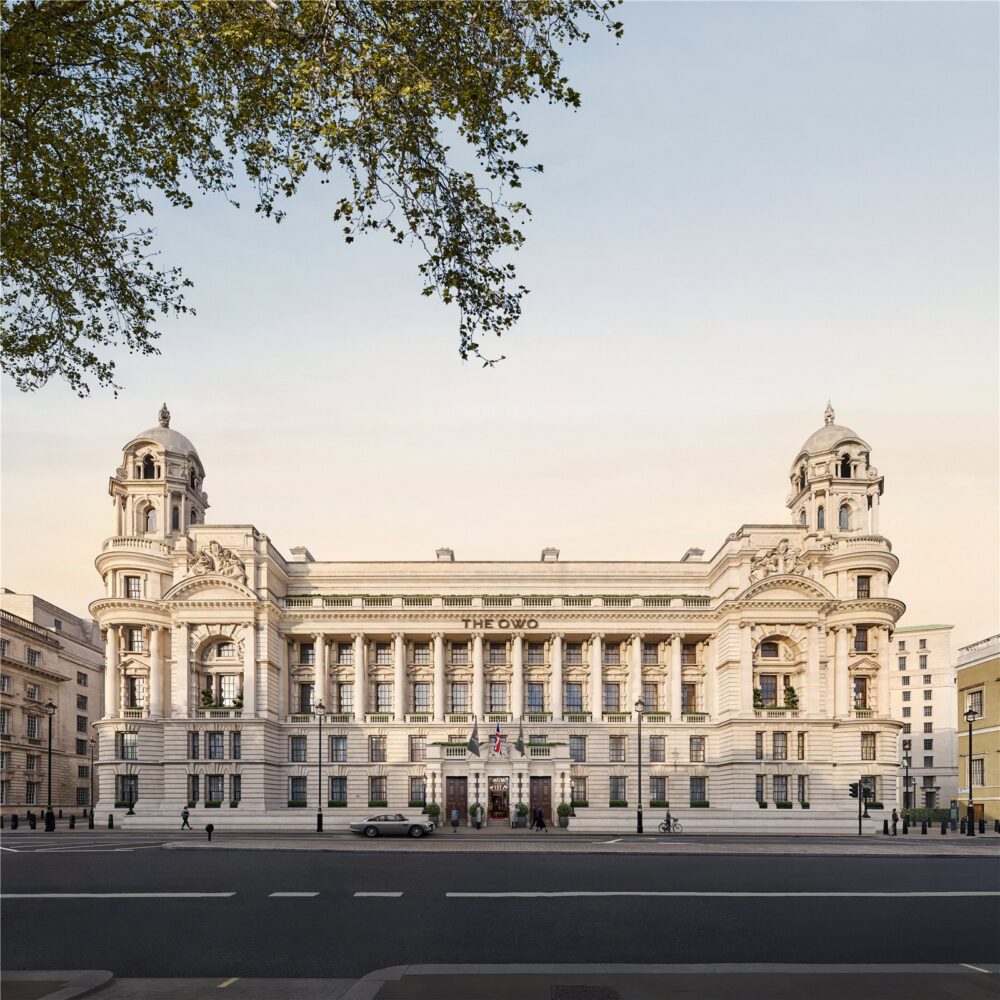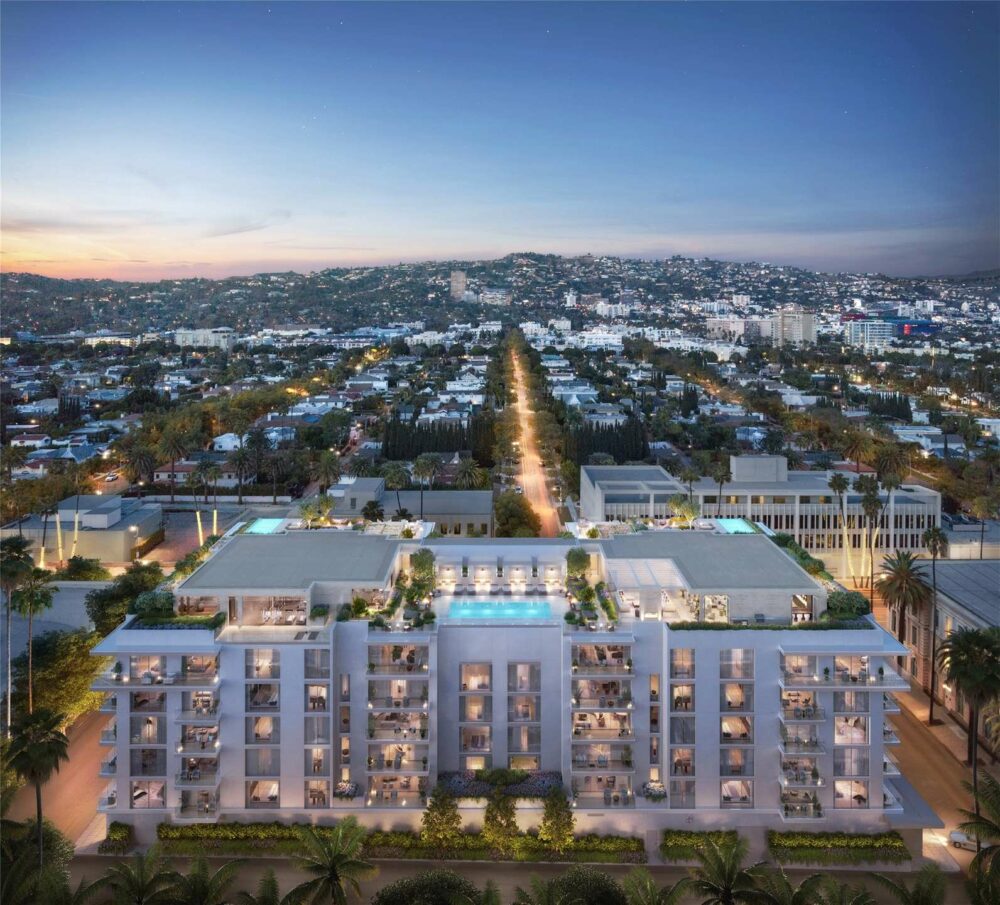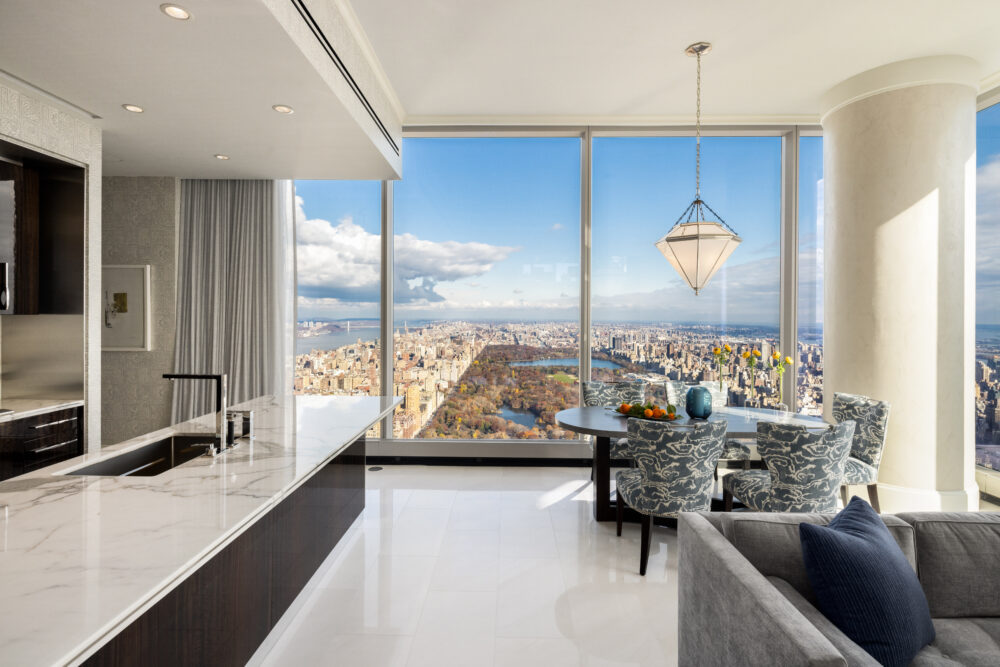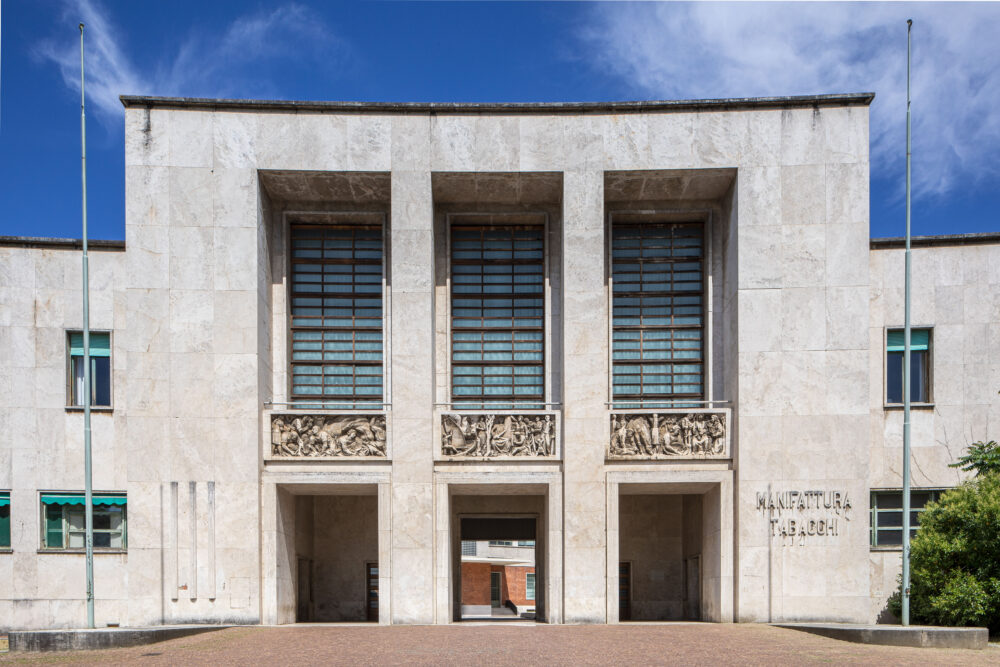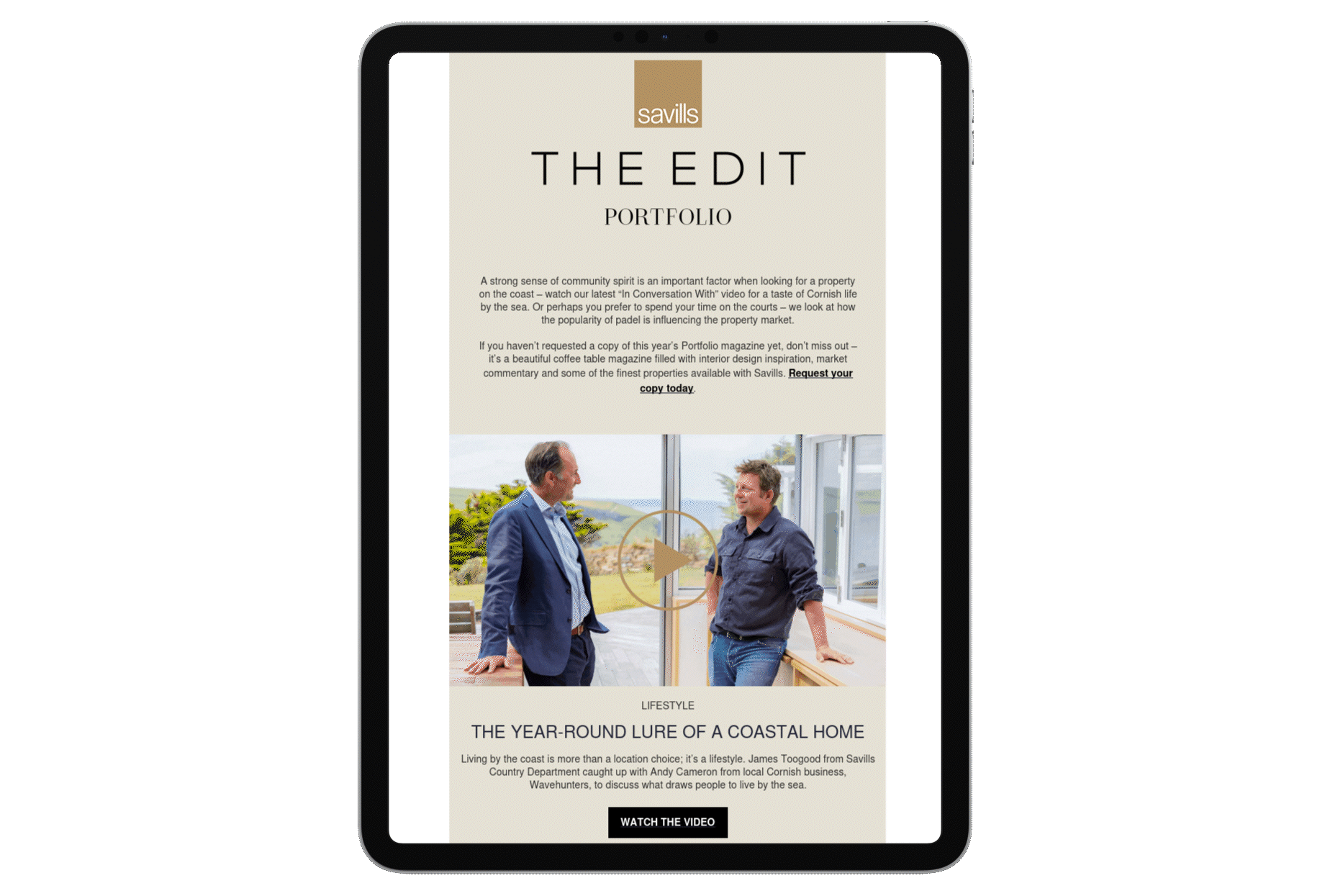A branded residence – a partnership between a hospitality brand and a developer – combines the best elements of five-star hotel life with the benefits of an haute-luxe private home. No wonder there has been a surge in the popularity of this type of property.
For frequent travellers, blending the security of a home that you can lock up and leave with the quality assurance of a premium brand represents a “double whammy”, according to Riyan Itani, head of Savills Global Residential Development Consultancy and a branded residence expert. Better still, these properties are now frequently part of landmark buildings.
At present there are about 640 branded residence schemes worldwide, with the most famous in London being One Hyde Park, where the residents are catered for by Mandarin Oriental. That figure could rise to 1,100 in the next five years, thanks to increasing demand from time-poor, brand-conscious buyers. Included in that number is the soon-to-open OWO Residences by Raffles, housed in the Old War Office on Whitehall. Winston Churchill and Ian Fleming (the author of the James Bond novels) both worked in this illustrious Edwardian building.
Due for completion in 2023, the Whiteley in Bayswater will feature the first Six Senses residences in the UK, in a majestic former department store close to Notting Hill. Apartment owners will be able to improve their fitness in a multi-sports centre or sit back and admire the design by architects Foster + Partners and the developer Finchatton.
A hotel that incorporates apartments is often regarded as an innovation of the 1980s, perhaps because Dubai and Florida dominate the market. But the idea originated in Manhattan almost a century ago. Owners of the suites in the lavish Sherry-Netherland, created in 1927, had butlers, housekeeping and numerous types of cocktail and cuisine on tap.
Nowadays branded residence purchasers also expect to outsource childcare, dinner parties, dog-walking, nutritional guidance, personal shopping and much more. Itani believes sustainability is also a key element, reflecting the sector’s new, younger clientele.
As competition mounts and construction costs multiply, a focus on environmental impact is just one of the ways in which building a branded residence has become more complex. Every detail, from the level of service to the wellness facilities – and the pricing of the offer – requires lengthy planning and calculation. Marriott, Four Seasons and Accor are the leading players in the field, but as Savills research shows, other brands, including many outside the hotel sector – such as Versace, Porsche and Armani – are entering the industry.
Owners increasingly have disparate needs, with many viewing a residence as an investment. “For some, a scheme near a business or tourist area can provide a rental income,” says Itani. “But for others their apartment is their primary residence.”
Whatever buyers’ priorities, the desire to be in a smart part of town, close to the action, seems paramount, just as it was when the Sherry-Netherland made its debut on New York’s Fifth Avenue. The OWO and the Whiteley are in prime neighbourhoods. The same goes for the Mandarin Oriental Residences, Barcelona. “I worked on this scheme for two years,” says Itani. “It’s in the heart of the city, where the central avenues of Avinguda Diagonal and Passeig de Gràcia meet. You could call it the sweet spot of Europe.”
Pictures from top: the St Regis Residences in Downtown Dubai; London’s OWO Residences by Raffles, housed in the Old War Office; the Mandarin Oriental Residences, Barcelona, in the sweet spot of Europe; Four Seasons is one of the leading players in the branded residence market


